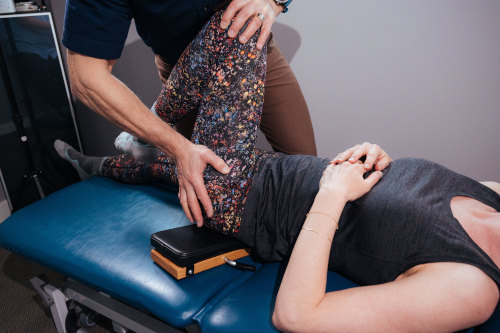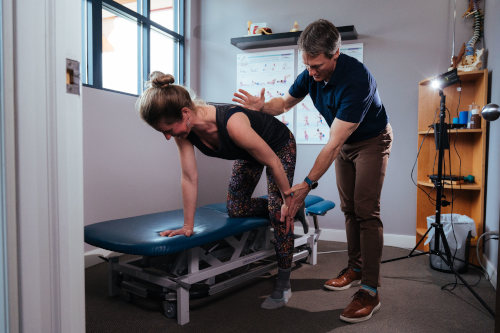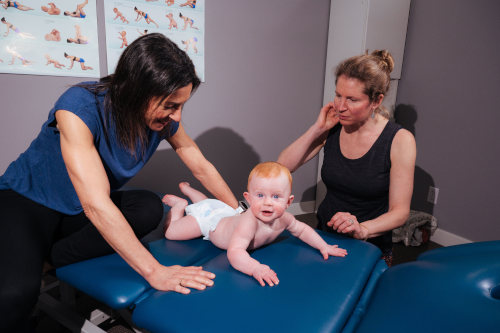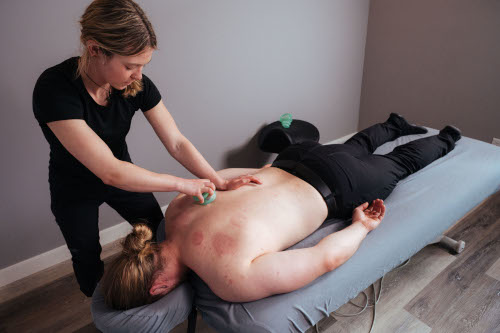Services
Services Provided at Active Edge
At Active Edge Chiropractic, our clinicians carry a wide variety of tools in their toolbelts. All of them are designed to help you feel your best as quickly as possible. We use whatever methods you are most comfortable with and what is most appropriate for your specific condition. If there’s a particular treatment you’re not a fan of, have no fear…the doctors at AEC can modify treatment based on your preference and comfort level, without sacrificing the quality of care we are providing.
We treat a range of conditions including but by no means limited to:
- Rotator Cuff Syndrome (Shoulder Pain)
- Iliotibial Band Friction Syndrome (ITB Syndrome)
- Plantar Fasciitis/Fasciosis (Foot Pain)
- Strains and Sprains
- Achilles Tendinosis (Heel Pain)
- Patella Femoral Joint Syndrome (Knee Pain)
- Low Back Pain
- Headaches
- Neck Pain
- Sciatica
- Elbow Tendinosis (Tennis Elbow/Golfer’s Elbow)
- Shin Splints
- Carpal Tunnel Syndrome
- Frozen Shoulder
Below is a list of services that we provide to treat these and other conditions.
Chiropractic Adjustments/Manipulations and Mobilizations
It’s what chiropractors are known for and what we love to do when it’s appropriate for your condition. Joint manipulations and mobilizations are performed by your chiropractor to restore joint mobility, improve function and decrease pain. Adjustments and mobilizations are applied to joints of the spine and extremities (feet/ankles/hips, etc) that are restricted due to repetitive stresses, posture, or injury.

DNS (Dynamic Neuromuscular Stabilization)
DNS is a manual and rehabilitative approach to assessment and treatment that optimizes the movement system. It is based upon the scientific principles of developmental kinesiology (DK). DK illustrates how human motor function in early childhood is predetermined and follows a predictable pattern, developing as the nervous system matures. These basic movement patterns are hard wired and occur in a specific sequence throughout development, from newborn to toddler. In a nutshell, the movements that we perform as infants, are the same ones we use in our everyday lives as adults. If we can optimize our movement patterns, we can avoid muscle imbalances and compensation patterns resulting in repetitive strains on muscles and joints. This serves to minimize injury and improve performance.
Our chiropractors use a DNS based assessment consisting of a variety of functional tests to assess the quality of movement and stabilization of every patient. This helps them determine the specific key link(s) of dysfunction causing symptoms. The goal of treatment is to improve spinal and extremity stabilization by enhancing muscle coordination and timing leading to ideal stability and movement patterns.
Current evidence suggests that, “core stability” is not simply the strength of your abs, back muscles and glutes. Rather, dynamic neuromuscular stabilization is accomplished through precise co-ordination of the muscular system, intra-abdominal pressure regulation, and proper diaphragm breathing.
If you are looking for an explanation as to why you have pain or discomfort, are struggling with niggling injuries, and are frustrated because your traditional rehab exercises aren’t getting you to where you want to be, a DNS based assessment and treatment approach may just be the solution to what you’ve been dealing with.

Infant Care & Pregnancy
Yes, we treat babies, toddlers, and pre- and post-partum moms…but we modify our treatment approach to suit these unique patients.
Many expecting mothers experience stress on their joints, ligaments and muscles, leading to back and pelvic pain and discomfort. Chiropractic manual therapy is a safe and effective intervention that can be helpful in treating many musculoskeletal conditions that expecting mothers often experience during and after pregnancy. We use a combination of manual and movement-based therapies to treat moms and babes.
Dynamic Neuromuscular Stabilization (DNS) was born out of pediatric neurology and the observation of developing infants as they acquire their predictable movement patterns in the first year of life. Ideal movement patterns developed through infancy set the stage for optimal movement through all stages of life. This is why it is critical to ensure these patterns are developing appropriately at every stage of development and that appropriate interventions are being implemented if they are not.

Active Release Technique (ART®)
ART is a patented, state-of-the-art movement-based soft-tissue technique that treats dysfunction of soft tissues (muscles, tendons, ligaments, fascia, and nerves). The doctors will use their hands to evaluate the texture, tightness, and movement of various soft tissues, allowing them to identify and correct the specific problem that is affecting each individual. ART is highly regarded in the sports industry, and many professional sports teams utilize this service for their athletes.
You don’t need to be an athlete to benefit from this treatment. Whether you spend your days in meditation, at a computer or deadlifting your toddler, ART® can help you feel better.
Neurodynamic Treatment
There are many causes for the neuromusculoskeletal (NMS) conditions we experience. Often, it is necessary to work on the muscles and joints of the body, but we can’t forget about the nerves! The way in which these tissues function together is a key to managing NMS conditions.
At Active Edge Chiropractic, we treat patents with neuromusculoskeletal problems, and we are trained to recognize when there is a neural component and when Neurodynamic Treatment may be necessary and helpful. If you have been experiencing stubborn symptoms that haven’t been relieved by traditional treatment methods, perhaps there is a neural component to your condition and we can help.
Graston Technique® (Instrument Assisted Soft Tissue Mobilization)
Graston Technique (GT®) Therapy is an evidence-based form of instrument-assisted soft tissue mobilization (IASTM) that focusses on reducing soft tissue dysfunction (muscles, tendons, ligaments, fascia, scars). The technique utilizes specially designed stainless steel instruments to specifically detect and effectively treat areas exhibiting soft tissue densification. It is this “densification” that current research is suggesting is being affected with soft tissue mobilization techniques, whether performed by hand or with instruments.
If our clinicians’ hands aren’t enough to do the trick, perhaps a trial course of GT®/IASTM will help more effectively manage your condition.

Kinesio Taping (KT®)
Kinesio Taping® is a therapeutic taping technique which alleviates pain and facilitates lymphatic drainage by microscopically lifting the skin. It is applied to the skin overlying muscles and joints to reduce pain and inflammation, relax overused muscles, support injured tissues and optimize performance. Unlike traditional athletic tape, Kinesio Tape® is stretchy, allowing for full range of movement and greater comfort while still providing therapeutic support during activities.
If you’ve always wondered what the colourful stripes are on those professional athletes or people hiking up Lady Mac with you…this is the stuff! You too might benefit from some KT on that troublesome spot.
Custom Orthotics
While not everyone with foot pain, knee pain or back pain needs custom orthotics, in some cases they are necessary and appropriate to correct biomechanical dysfunction, reduce symptoms and improve overall function. In order to determine if orthotics are right for you and your condition, we perform a comprehensive biomechanical assessment which includes visually observing your gait, taking an impression of your foot and using The TOG GaitScan™.
The TOG GaitScan™ is an innovative diagnostic tool and digital casting device that allows practitioners to analyze patient biomechanics and design the right custom orthotic for you. With 4096 sensors and a scan rate of 300 frames per second, GaitScan™ is the industry leader in dynamic scanning capabilities. The TOG GaitScan™ is a valuable education tool that provides practitioners with a comprehensive biomechanical analysis for each patient as well as clear, concise images to assess the need for orthotic therapy.
Hot Stone Massage
Hot Stone Massage incorporates traditional Swedish massage techniques using warm, basalt stones heated in water. Different stones are used throughout the body to help promote circulation and relaxation. In addition, hot stones can be incorporated into a deeper tissue massage. This can help further relax the body, decreasing tension and thus enhancing the benefits of the treatment. Each treatment can be customized based on individual goals.
Cupping
Cupping is a modality that can be incorporated into a treatment. It involves placing silicon cups in an area which creates a suction on the surface of the skin. They can be left in a spot momentarily, glided on the surface of the skin or parked in an area as the therapist goes through a range of motion. The amount of suction can be modified based on personal preference. Cupping can help with fascial restriction, pain relief and help increase range of motion.

